The Light of the Dharma in the Modern World
Buddhism, more than a religion, is a way of life — a path to enlightenment introduced by Shakyamuni Buddha over 2,500 years ago. It has transcended geographical and cultural boundaries to become one of the largest and most influential spiritual traditions in the world. Today, we embark on a profound journey to explore the 10 greatest Buddhist nations, where the Dharma continues to flourish and touch countless lives.
1. China – Where the Dharma Echoes Through Millennia
With approximately 250 million Buddhists, China is home to the world’s largest Buddhist population. Since its arrival during the Eastern Han dynasty, Buddhism has flourished, giving rise to influential schools such as Chan (Zen), Tiantai, and Pure Land.

From the sacred mountains of Wutai Shan to the towering Leshan Giant Buddha, China offers a living museum of Buddhist art, philosophy, and architecture. The harmony between Buddhism, Confucianism, and Taoism creates a spiritually rich cultural landscape, nurturing generations with its timeless wisdom.
2. Thailand – The Golden Land of Theravada
In Thailand, over 90% of the population (about 69 million people) practice Theravada Buddhism. The sight of saffron-robed monks collecting alms at dawn and the echoing chants from ornately decorated temples define everyday life here.
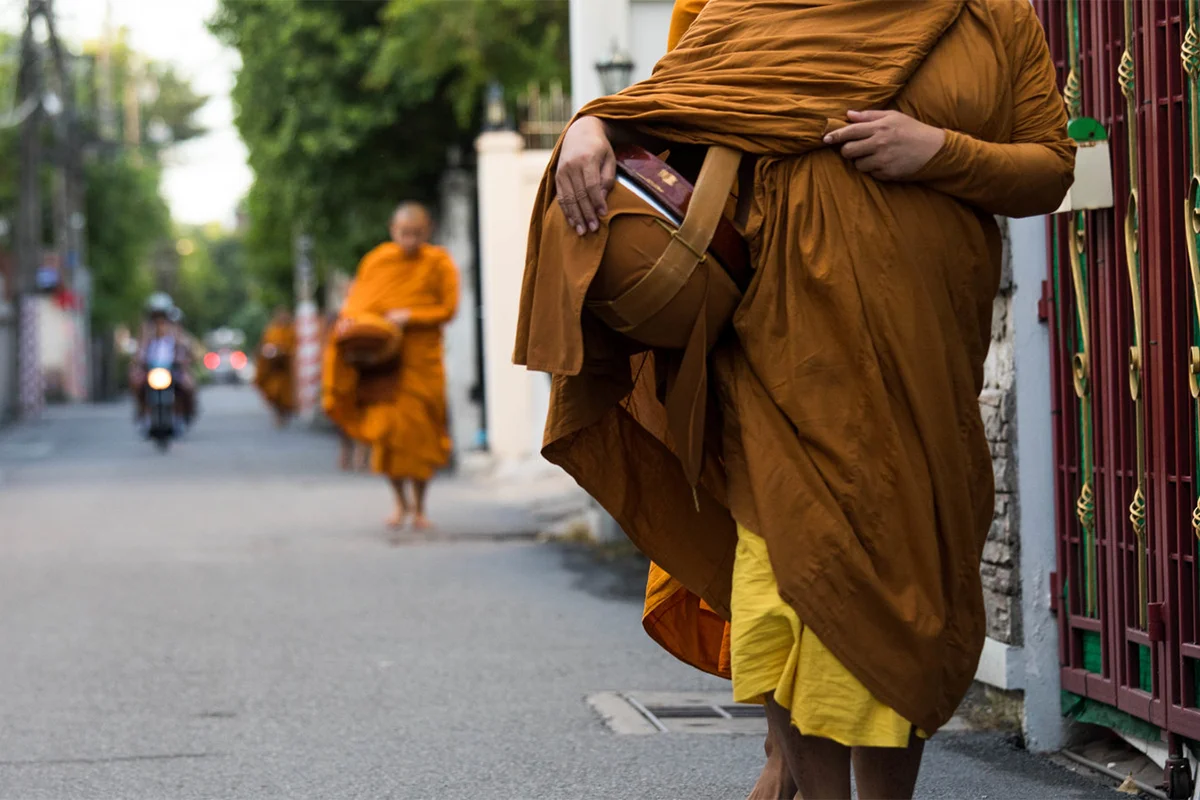
Temples like Wat Phra Kaew and Wat Arun not only showcase exquisite artistry but also embody the Thai people’s deep spiritual devotion. Buddhism shapes Thailand’s moral values, festivals, and community rituals, making it a luminous hub of living Dharma.
3. Myanmar – A Nation Draped in Monastic Grace
Home to about 48 million Buddhists, Myanmar (Burma) is another stronghold of Theravada Buddhism. The country is adorned with thousands of temples and golden stupas, including the awe-inspiring Shwedagon Pagoda in Yangon — a symbol of faith and resilience.
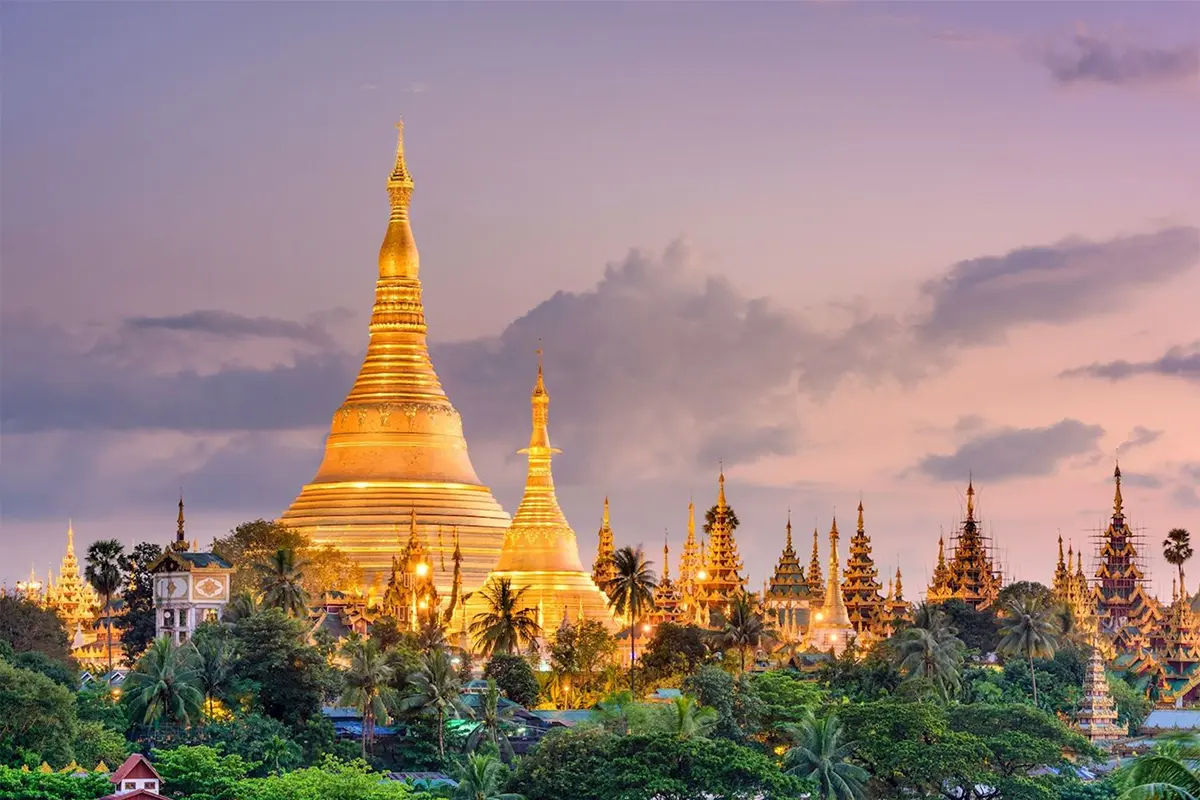
For the Burmese, Buddhism is both a personal path and a national soul. Monasteries are centers of learning, charity, and spiritual discipline. The gentle smiles and meditative atmosphere invite all seekers into the present moment of peace.
4. Japan – Zen and the Beauty of Impermanence
Buddhism in Japan took root over 1,400 years ago, with current estimates showing 40–50 million followers. Influential schools like Zen, Pure Land, and Nichiren have shaped not only religious life but also tea ceremonies, martial arts, poetry, and garden aesthetics.
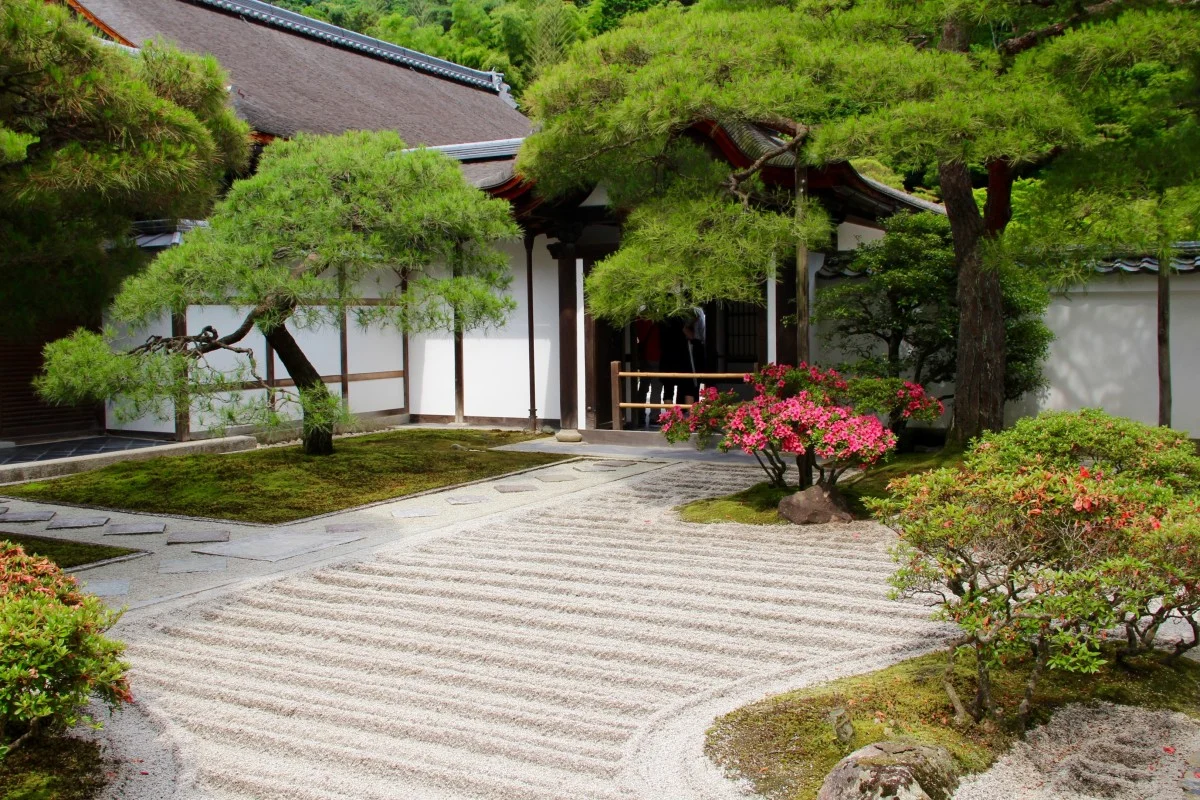
The philosophy of “wabi-sabi”, which finds beauty in imperfection and transience, reflects Japan’s Buddhist roots. From Kyoto’s Zen temples to the serene moss gardens of Arashiyama, Japanese Buddhism offers a meditative embrace in every stone and silence.
5. Vietnam – Harmony in the Heart of Life
With around 10–15 million active Buddhists, Vietnam’s spiritual culture is far more deeply ingrained than numbers suggest. Buddhist temples, such as Tran Quoc Pagoda or Yen Tu Mountain, are central to both spiritual practice and community life.
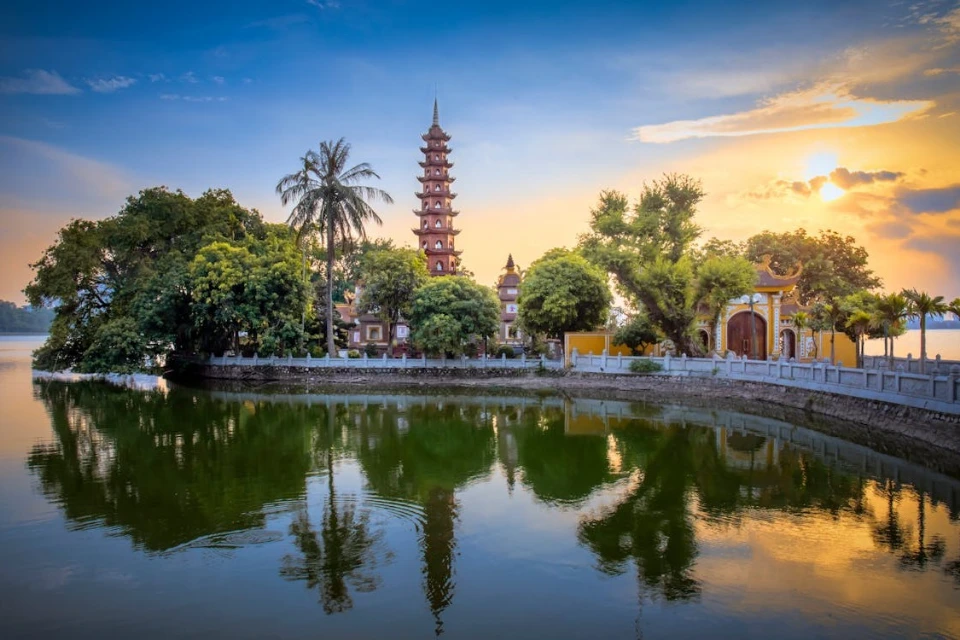
Vietnamese Buddhism is compassionate, engaged, and deeply intertwined with national identity. From ancestral worship to Vesak celebrations, Buddhism here teaches the principles of “Từ, Bi, Hỷ, Xả” (Loving-kindness, Compassion, Joy, and Equanimity).
6. Sri Lanka – The Cradle of Theravada Orthodoxy
More than 70% of Sri Lanka’s population—roughly 15 million people—are devoted Buddhists. As one of the earliest adopters of Theravada Buddhism, the island remains a stronghold of orthodox teachings and practices.
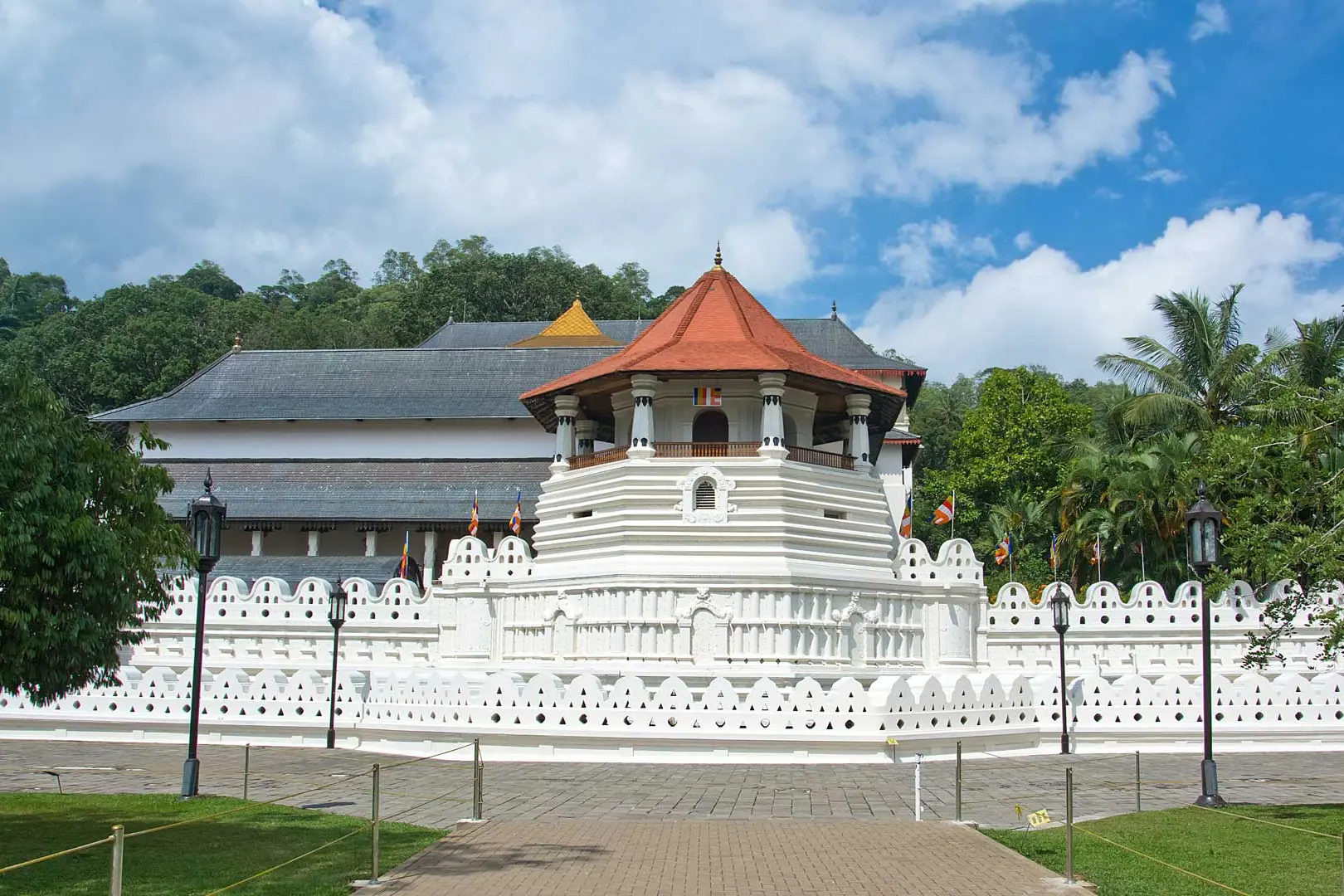
Sites like the Temple of the Sacred Tooth Relic in Kandy and the Sri Maha Bodhi Tree in Anuradhapura are treasured not only for their sanctity but also for their historical significance. Meditation and monastic scholarship remain pillars of Sri Lankan Buddhist life.
7. Cambodia – Faith Through Centuries of Change
Approximately 95% of Cambodians (about 14 million people) identify as Buddhist, primarily following Theravada tradition. The influence of Buddhism is palpable in daily life, from village rituals to national festivals.
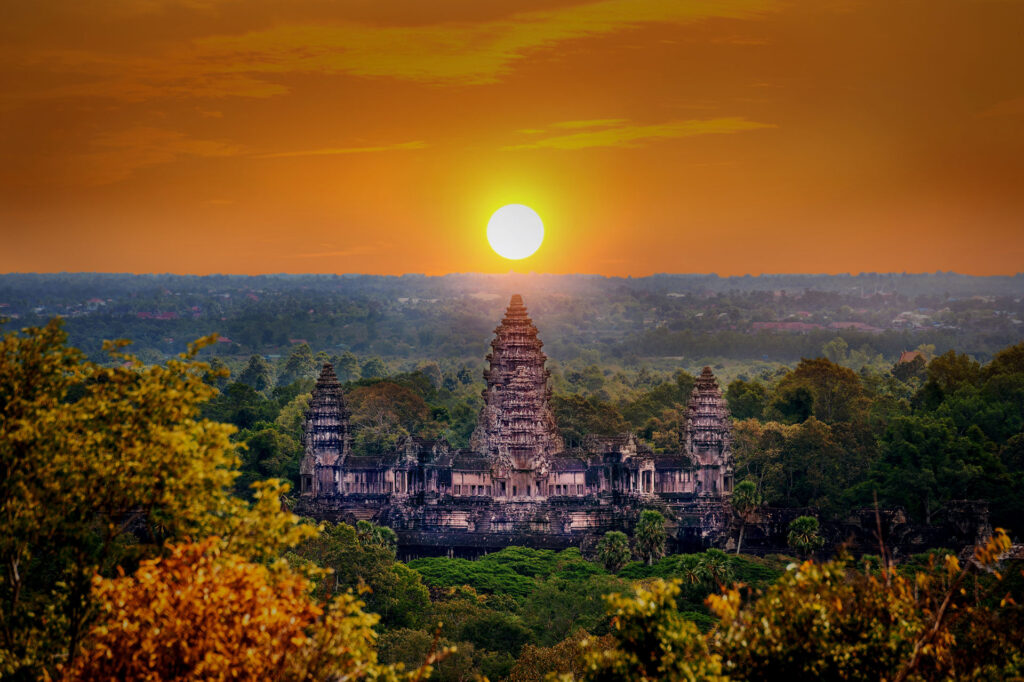
Although Angkor Wat was initially Hindu, it later became a center of Buddhist worship and remains Cambodia’s national symbol. Despite past turmoil, Buddhism continues to be a beacon of hope and moral guidance for the Khmer people.
8. South Korea – Meditation in the Mountains
With around 8 to 10 million Buddhists, South Korea is known for Seon (Zen) Buddhism, which emphasizes meditation and direct experience. Ancient temples like Bulguksa and Haeinsa offer spiritual retreats nestled in mountain forests.
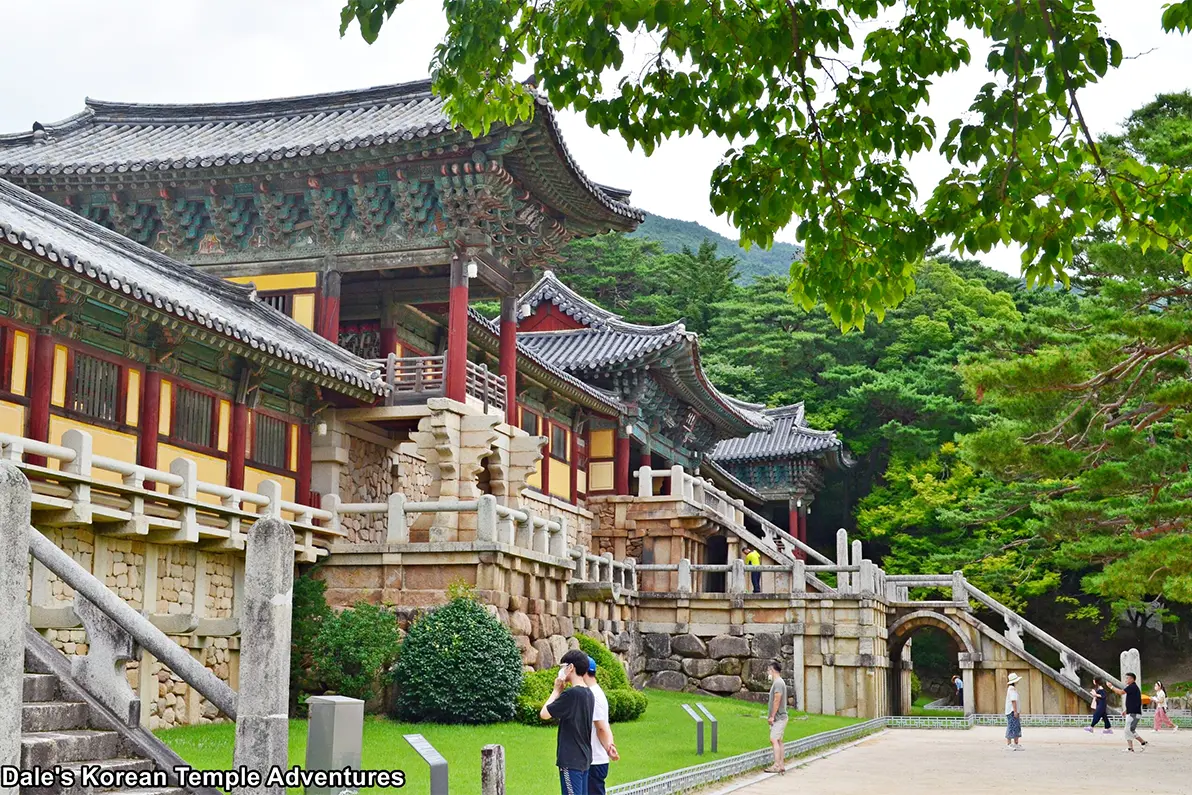
The popular Temple Stay programs invite both locals and foreigners to experience monastic life, meditate, and learn Buddhist ethics — bridging tradition with the modern world.
9. Taiwan – The Dharma in a Modern Landscape
Taiwan may be a small island, but its impact on global Buddhism is substantial. With 5–8 million Buddhists, Taiwan is home to thriving organizations like Fo Guang Shan, Tzu Chi, and Dharma Drum Mountain.
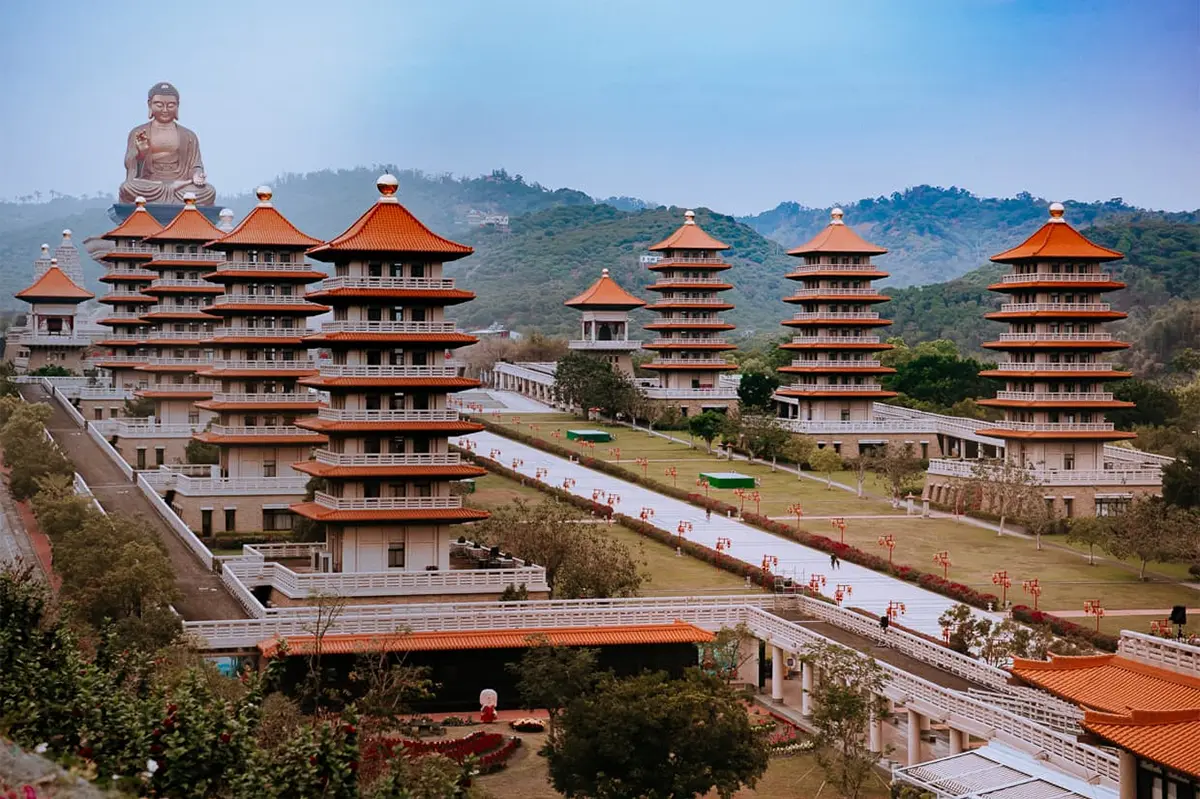
These groups focus on education, humanitarian work, and digital innovation in spreading the Dharma. Taiwanese Buddhism is a harmonious blend of traditional devotion and contemporary relevance.
10. Mongolia – Vajrayana in the Vast Steppe
In Mongolia, Tibetan Buddhism (Vajrayana) is followed by over 50% of the population, equating to about 2–3 million people. Monasteries like Gandan Tegchinlen and traditions such as Cham dance rituals play a central role in Mongolian spiritual life.
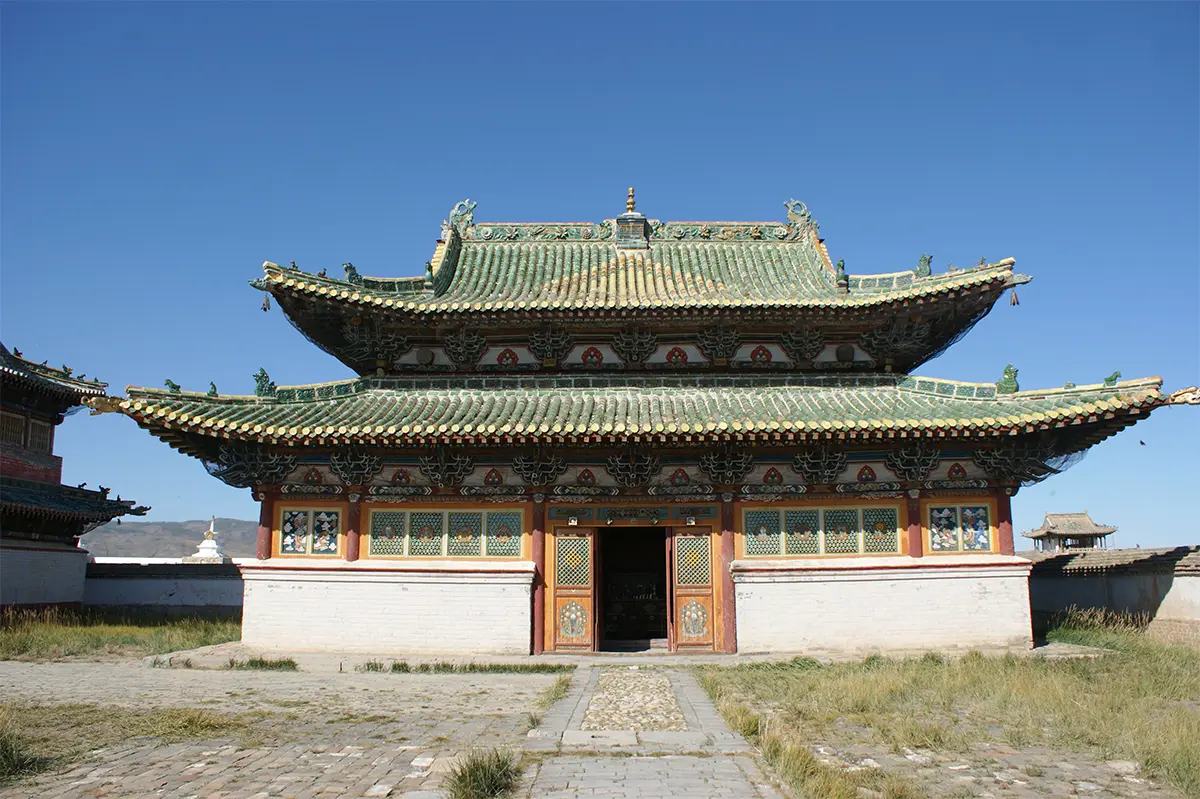
Despite historical challenges, Buddhism remains the spiritual backbone of the nomadic culture, offering strength and continuity to the Mongolian soul.
One Dharma, Many Paths
These ten nations represent not only the largest Buddhist populations but also the rich diversity in how the Dharma is lived, practiced, and preserved. Whether through meditation in Japanese gardens, almsgiving in Thai streets, or chanting in Himalayan monasteries, Buddhism continues to inspire with its universal messages of compassion, mindfulness, and liberation.
May this spiritual journey remind us that regardless of geography, the light of the Dharma knows no borders — only hearts open to truth.
Read more: Bodh Gaya – The Sacred Place Where Buddha Attained Enlightenment